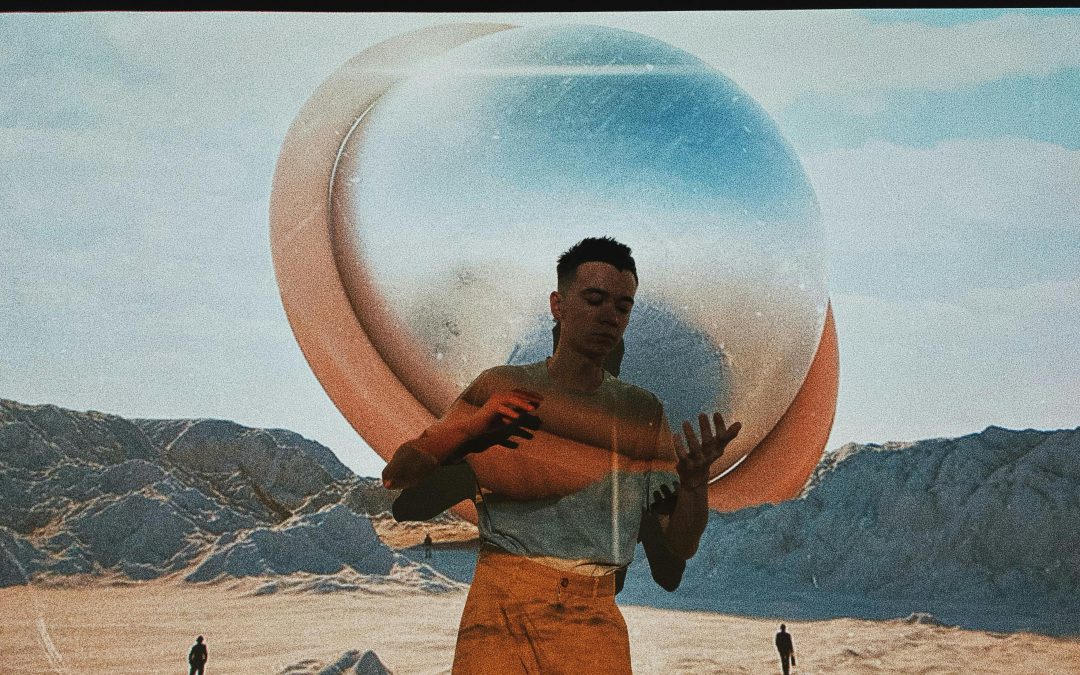Dr. Preeti Yadav, Associate Dean – CFG Vertical, Pearl Academy
Virtual production is on the rise worldwide, a trend accelerated by the pandemic which significantly changed our traditional work practices. The abrupt transition to remote work and social distancing necessitated finding alternative methods to efficiently complete tasks with fewer team members on-site. Furthermore, pivotal technological developments over the years have altered and significantly expanded the scope of filmmaking. These developments encompass innovations like sound production, colour negative stock, optical compositing, motion control, digital compositing, motion capture, virtual reality, and computer-generated imagery (CGI).
In India, the adoption of these technologies is also growing, reflecting a broader global trend towards advanced filmmaking techniques. Notable examples include major film productions using virtual reality to pre-visualise sets and sequences, and Bollywood movies utilising extensive CGI for action scenes and fantastical environments. This adoption is part of the country’s increasing influence in the global entertainment industry, driven by both the burgeoning local market and its export potential.
This convergence of factors has prompted the media and entertainment industry to embrace new tools and adapt their creative processes and workflows. As companies undertake bigger projects, a need for innovation to deliver high-quality outcomes earlier in the production cycle becomes crucial for survival. It’s important to explore how learning virtual production is turning out to be a game changer in unlocking real-world career opportunities.
Advantages of Virtual Production
Virtual production is the combination of physical and virtual filmmaking techniques to produce advanced media. It involves using real-time 3D engines to generate lifelike sets, which are then displayed on large LED walls behind physical sets using real-time rendering. This technique synchronises the cameras with the game engines to enhance realism and depth of perspective.
The advantages of virtual production are numerous and impactful.
-
By leveraging virtual scouting, studios can save valuable time and resources, as well as make crucial creative decisions early on. It encourages a more iterative, nonlinear, and collaborative process. This leads to smoother on-set operations and substantial time and cost savings during post-production. It is by harnessing the power of VP techniques alongside a real-time engine, network series, streaming productions, and independent films are able to achieve exceptional visual quality on a grand scale.
-
Virtual production allows for early development and exploration of creative visions, leading to enhanced collaboration and the ability to create truly exceptional content. It comes with more malleable tools and can be customised to fit the filmmaker’s needs.
-
The technology enables enhanced visibility throughout the filmmaking process, fostering a more cohesive and informed team. Quick on-set transitions, access to a library of assets, and the potential for global collaboration further contribute to the positive impact of virtual production on the industry.
-
It, via the use of digital backgrounds, minimises the necessity for physical sets and reduces the need for reshoots and extensive post-production work by allowing most tasks to be completed during real-time filming.
-
VP simulates natural environments in the studio and can be combined with extended reality (xR) technology to produce a fully immersive 360˚ experience.
In the past, filmmaking was divided into separate stages. The CGI graphics and re-edited storylines were often kept hidden from the rest of the crew until the final release. However, virtual production has indeed altered this dynamic. It has changed the creative process of storytelling and “re-engineering storytelling as we know it. It allows everyone involved to have a more comprehensive understanding of the film, from the initial visualisation to the post-production phase. Virtual cameras and real-time green screen compositing provide a window into virtual worlds, enabling contributors to see exactly what they are capturing. LED walls offer filmmakers and actors a realistic view of the set they are on, both through their own eyes and through the camera.
The increased demand for new skills in virtual production is driving the need for new content. Many individual companies and academic institutions, such as PEARL Academy, along with other well-known universities, are at the forefront of introducing new skills-based training programs. Pearl Academy offers an 11-month fully integrated Virtual Production training programme. The Unreal Engine Virtual Production Course focusses on the very foundations of storytelling, camera techniques and computer graphics.
For young production professionals, looking to earn a spot on the set, it’s worth exploring the growing trend of virtual production. Regardless of whether they’re still in film school or have a few years of experience under their belt, understanding this technology can be an asset. To find out more about unlocking of the Virtual Production course and enroll, visit the website.












